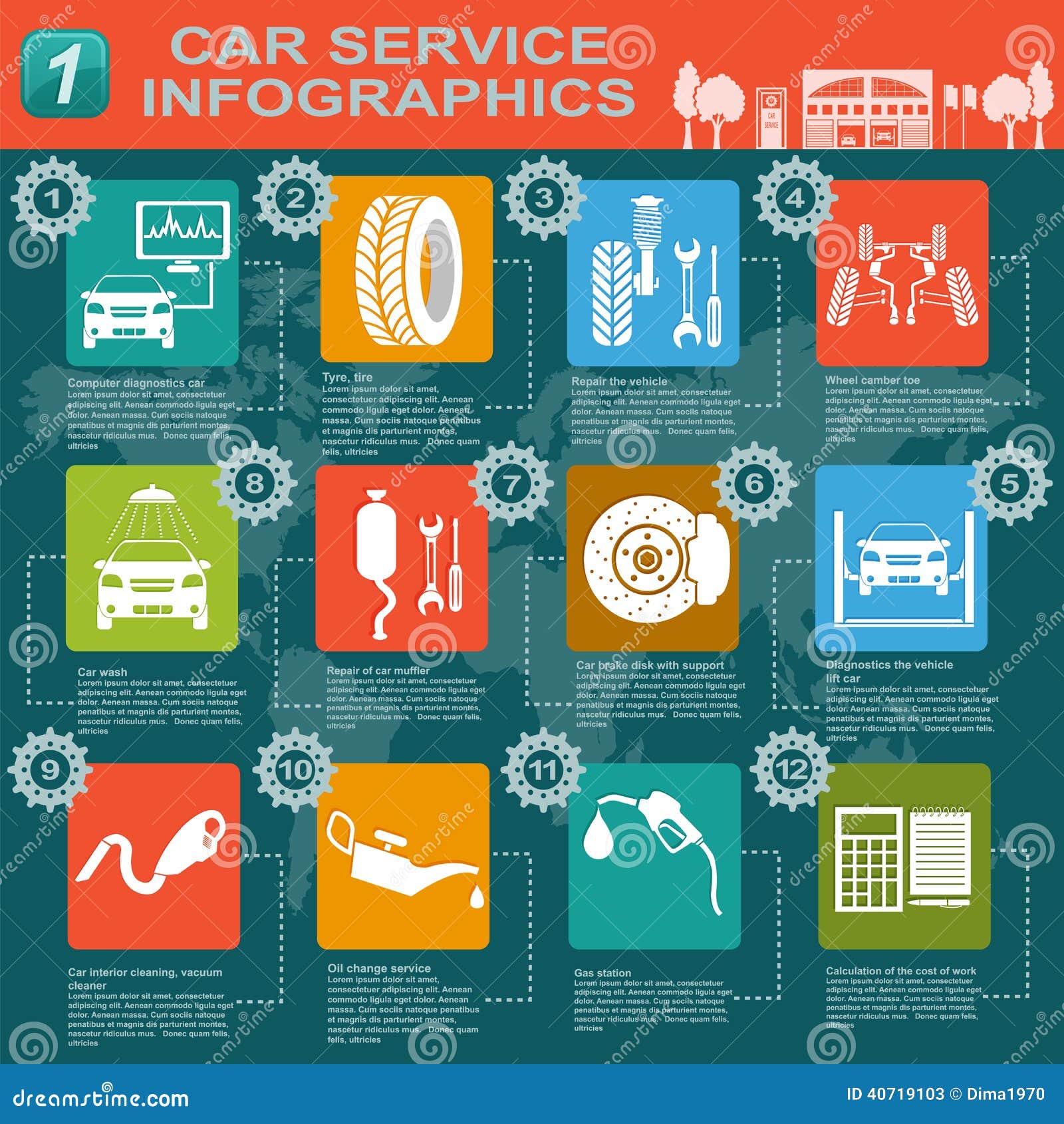Analyzing Your Vehicle'S Caution Indicators: What They Actually Convey
Analyzing Your Vehicle'S Caution Indicators: What They Actually Convey
Blog Article
Web Content By-Termansen Dalgaard
When you lag the wheel, those beautiful warning lights on your control panel can be a bit complicated. Do you recognize what they're attempting to inform you about your vehicle's health and wellness? Understanding the relevance of these lights is crucial for your safety and the durability of your automobile. So, the next time among those lights turns up, would not you wish to decode its message properly and take the required actions to address it?
Common Caution Lights and Interpretations
Identify common warning lights in your automobile and understand their meanings to make sure risk-free driving.
navigate to this website include the check engine light, which signals issues with the engine or exhausts system. If this light begins, it's critical to have your automobile checked quickly.
The oil stress cautioning light shows low oil pressure, requiring immediate interest to stop engine damages.
A blinking battery light could recommend a malfunctioning billing system, potentially leaving you stranded otherwise dealt with.
The tire pressure surveillance system (TPMS) light informs you to reduced tire pressure, influencing car security and gas efficiency. Disregarding this could result in hazardous driving conditions.
The ABS light indicates a problem with the anti-lock braking system, jeopardizing your capacity to stop promptly in emergencies.
Last but not least, the coolant temperature alerting light warns of engine getting too hot, which can cause severe damages otherwise resolved swiftly.
Comprehending these typical caution lights will assist you resolve problems without delay and maintain secure driving problems.
Relevance of Prompt Focus
Comprehending the typical warning lights in your auto is only the initial step; the significance of immediately attending to these cautions can not be highlighted sufficient to ensure your safety on the road.
When a caution light brightens on your dashboard, it's your auto's way of interacting a possible concern that needs attention. Ignoring these warnings can cause much more serious problems in the future, jeopardizing your safety and security and possibly costing you a lot more out of commission.
Prompt focus to alerting lights can prevent failures and mishaps. For instance, a flashing check engine light could show a misfire that, if left ignored, might create damages to the catalytic converter. Addressing this promptly can save you from an expensive fixing.
In a similar way, a brake system cautioning light may signal reduced brake fluid or used brake pads, crucial parts for your safety and security when driving.
Do It Yourself Troubleshooting Tips
If you see a caution light on your control panel, there are a few do it yourself fixing tips you can attempt prior to seeking specialist help.
https://waylonupjfz.blogoscience.com/38293164/the-convenience-of-mobile-vehicle-outlining-changes-your-lorry-s-appearance-but-is-it-as-effective-as-standard-techniques-discover-the-fact-behind-this-service is to consult your car's manual to comprehend what the specific caution light suggests. Sometimes the concern can be as straightforward as a loose gas cap causing the check engine light. Tightening up the gas cap may solve the trouble.
An additional common problem is a reduced battery, which can activate different advising lights. Examining the battery links for corrosion and guaranteeing they're safe might repair the trouble.
If a caution light continues, you can attempt resetting it by detaching the cars and truck's battery for a few minutes and then reconnecting it. In addition, checking your lorry's liquid degrees, such as oil, coolant, and brake liquid, can help fix alerting lights associated with these systems.
Final thought
In conclusion, recognizing your vehicle's warning lights is important for keeping your vehicle running smoothly and safely. By quickly attending to these informs and understanding what they indicate, you can avoid pricey repairs and prospective failures.
Remember to consult your cars and truck's guidebook for specific information on each warning light and act accordingly to make certain a trouble-free driving experience.
Remain educated, remain safe when traveling!
